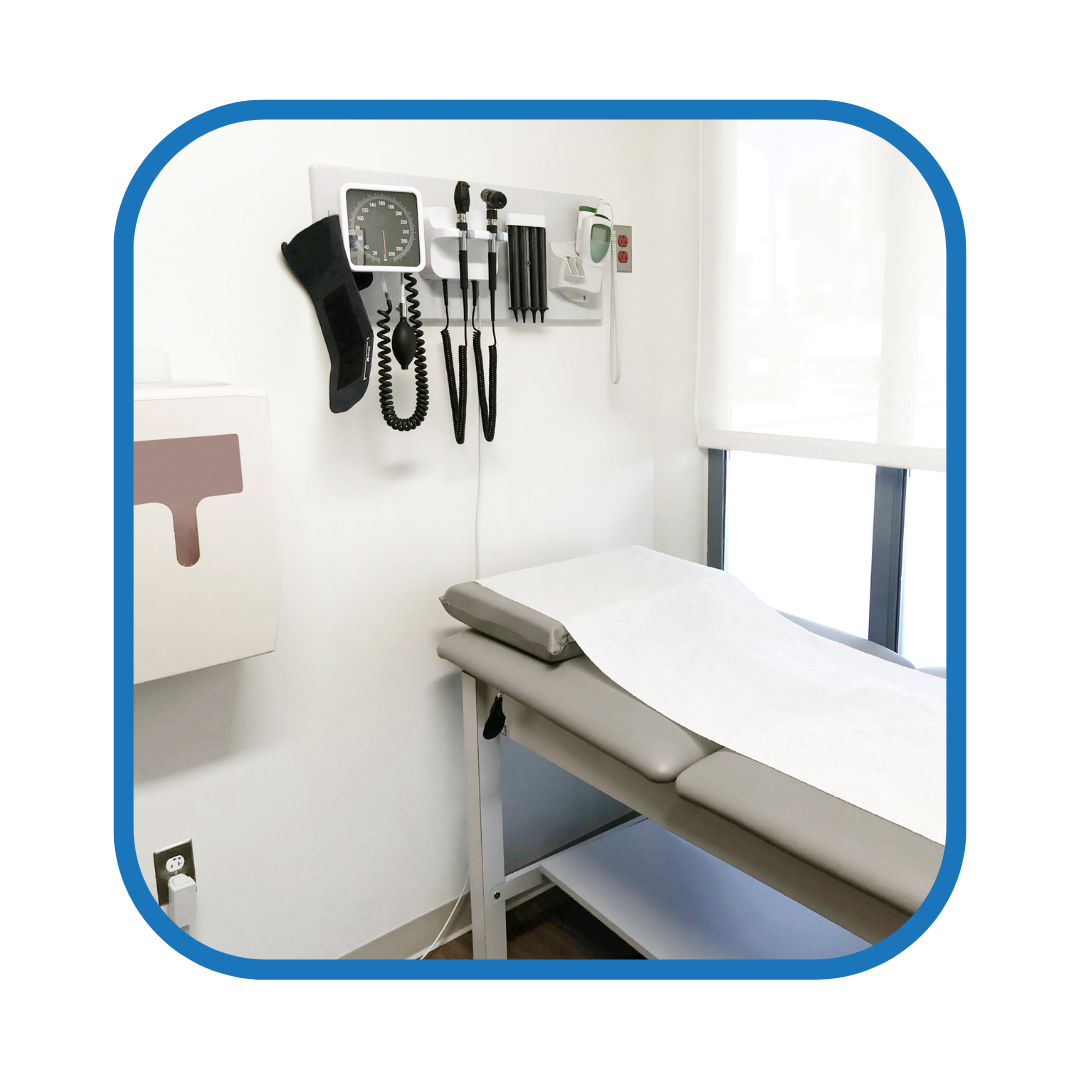Tuberculosis Two-step PPD Skin Test

A tuberculosis two-step skin test is similar to a a traditional PPD test, however, it requires two additional visits.
A TB skin test is also known as a purified protein derivative (PPD) skin test. It is a test used to check the body’s current sensitivity to certain elements of the tuberculosis bacteria. During a clinic visit, a healthcare practitioner will inject a small amount of PPD under the top layer of the skin on the forearm. The individual must return to the clinic for a reading 48-72 after their visit. A nurse or other medical professional will check the area where the PPD was placed to see if there is any reaction.
After 48-72 hours post-injection, a practitioner will examine the injection site. If the area where the PPD has been injected is not swollen, or only slightly swollen, then the test results are negative. If the area is swollen, with an induration of 10 mm or more, the test is considered to be positive.
In the case of a two-step PPD skin test, there are four visits that must be attended. The first visit is for the injection while the second is for the reading. With a two-step, a third visit is scheduled 7 days after the first visit for a second injection. The second read is done 48-72 hours after the third visit.
To learn more about the difference between TB test types view our blog post, TB Testing – The Differences Between QuantiFERON Gold, QuantiFERON Gold Plus and PPD Skin Testing.


